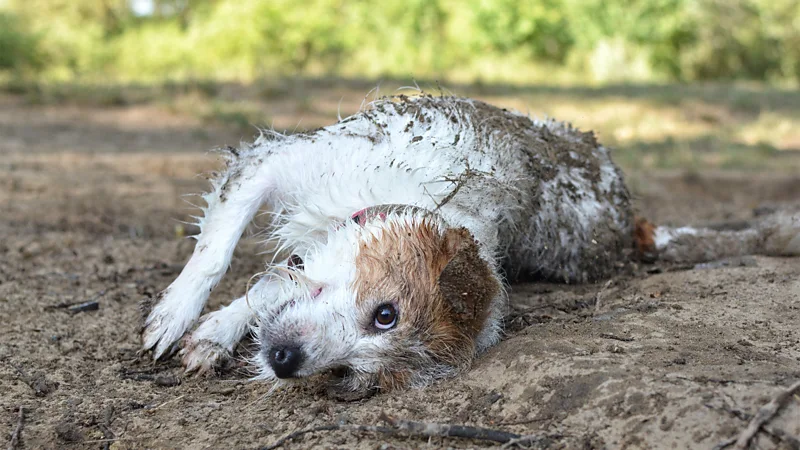Every time Simon Gadbois brought his border collie, Zyla, on a research excursion, that is when it would happen. Zyla would abruptly stop, nose to the ground, as they tracked the wild species he studies in the untamed countryside of Nova Scotia, Canada. She would excitedly tumble about before Gadbois could step in. The fragrance would then overwhelm him.
“In case you have never smelt beaver poop before, it is horrible, really vile, and it stinks for weeks afterwards,” he continues.
Zyla was taught by Gadbois to assist him in locating wild wolves, foxes, and coyotes in Canada.
Why she would do this has always eluded me,” adds Gadbois. “You would think it would interfere with her ability to smell and track other animals, but remarkably it did not affect her performance one bit.”
Most dog owners would recognize this scenario: your cherished companion returns to you with a strong, musty odor after rolling in something dreadful. Gadbois is occasionally perplexed by the behavior of dogs and other members of the canid family, despite having devoted a significant portion of his professional life to studying how animals perceive the world through their noses.
Up to 23,000 years ago, humans first tamed dogs from wolves, and we have coexisted with them ever since.







